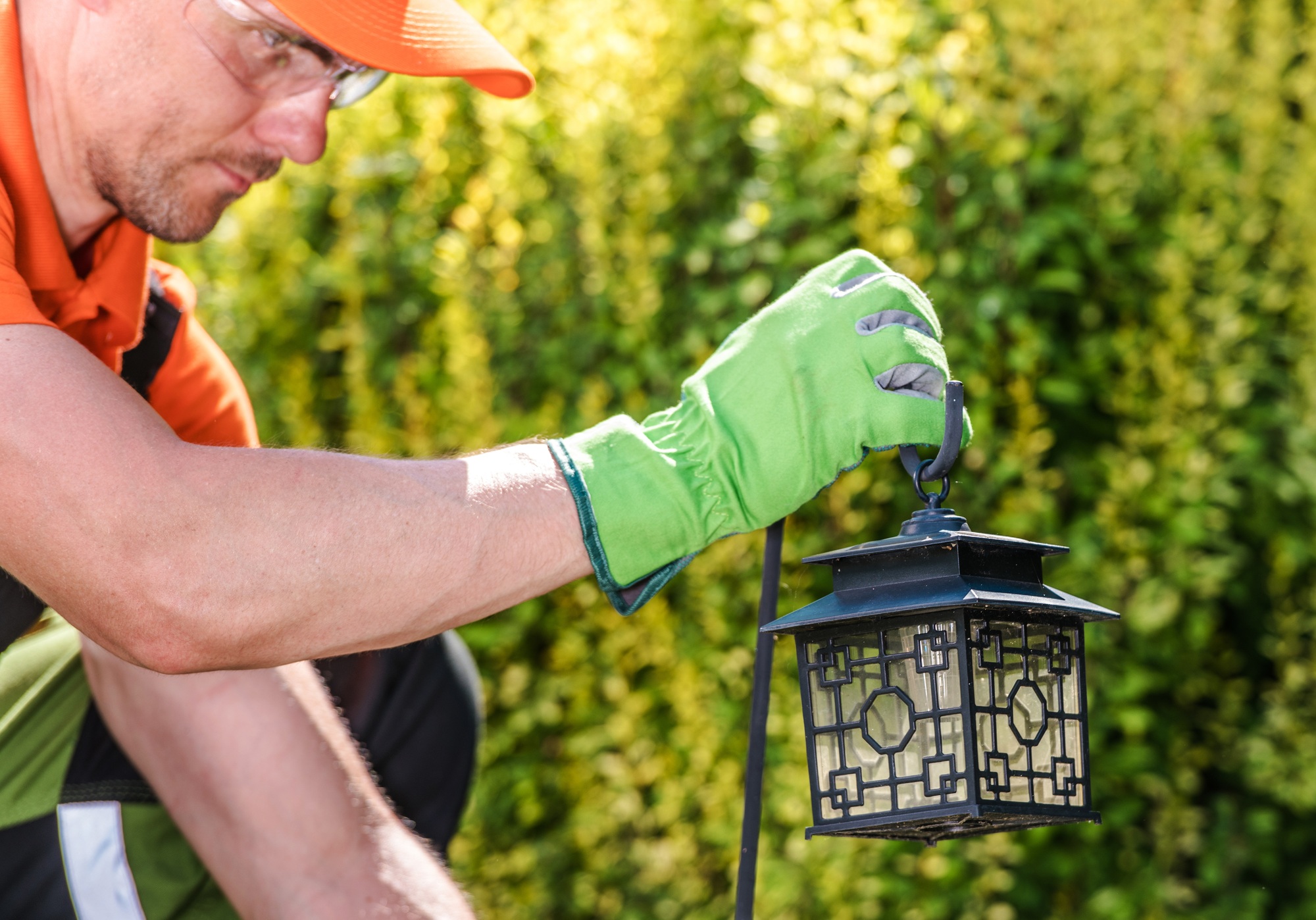Overview of Wireless Charging Pad Installation
Wireless Charging Pads represent an innovative advancement in powering Electric Vehicles. They offer a seamless experience by eliminating the need for cables. This technology simplifies the process of keeping your car charged and ready.
Installation Guide
The installation process involves several steps. First, consult a professional installer to ensure the Wireless Charging Pad is compatible with your electric vehicle. They will evaluate the best position for the pad, usually requiring a flat, stable surface close to where the vehicle is parked. Proper alignment is crucial for efficiency, so a trained expert helps avoid misplacement.
This might interest you : Top Techniques for Lowering Carbon Emissions in Classic UK-Made Cars: A Comprehensive Guide
Benefits
Electric Vehicles benefit significantly from wireless charging. It offers convenience and reduces wear and tear on traditional charging ports, contributing to prolonged vehicle life. Moreover, it represents a step towards sustainable living by integrating renewable energy sources whenever possible.
Safety Considerations
Installation of the Wireless Charging Pad demands attention to safety. Ensure that installation adheres to local regulations and standards. This includes verifying that all components are weatherproof and that the power supply is secure and insulated. Expert advice is invaluable in minimizing the risk of electric shock and ensuring an optimal, safe charging environment for your electric vehicle.
Also read : Transforming Your British Classic Car: A Step-by-Step Guide to Upgrading with a Modern Infotainment System
Tools and Materials Needed
Understanding what tools and materials are necessary for setting up a charging pad can significantly ease the installation process. Essential installation tools include a screwdriver, tape measure, and a spirit level. A stud finder might be handy if you plan to modify walls or furniture. It’s crucial to have these tools ready before beginning installation to streamline the process.
When it comes to required materials, you will need the charging pad itself along with its accompanying cables. It’s vital to ensure you have a suitable power source nearby. Some setups may require additional charging pad components like surface mounts or adhesive materials to secure the pad in place. Choose materials that match the charging pad’s specifications to ensure optimal performance.
For sourcing these components, consider reputable electronics suppliers or dedicated charging pad manufacturers who offer compatible parts. Adopting this approach helps in avoiding mismatches and ensures the longevity of your charging system. Online retailers also provide a wide range of options, where customers can compare prices and read reviews to make informed decisions. By preparing adequately with the right equipment and resources, the setup process becomes straightforward.
Preparing Your British Electric Vehicle
When it comes to vehicle preparation, ensuring EV compatibility with wireless charging technology is essential. Start by confirming that your electric vehicle (EV) supports wireless charging. This involves checking the vehicle’s compatibility specifications often found in the owner’s manual or manufacturer’s website. EV compatibility plays a crucial role since not all models are designed with wireless charging capability in mind.
Once compatibility is established, you need to focus on proper installation preparation. This includes identifying the optimal location for the wireless charging pad. The charging pad should be installed where it facilitates efficient energy transfer and is free from obstructions. An easily accessible garage spot or driveway often suits this need.
Before beginning the installation, a few precautions must be considered. Always disconnect your vehicle’s power supply to avoid any inadvertent electrical discharges. Ensure your vehicle is parked on a stable surface to prevent any movement during the installation process. This guarantees a safer setup and enhances the charging performance.
Remember, meticulous preparation not only aids in a successful installation but also maximises the efficiency and longevity of your wireless charging system. Proper vehicle preparation is a proactive step towards seamless wireless charging experiences.
Step-by-Step Installation Process
When considering a wireless charging setup for your electric vehicle, the process can seem daunting. However, following a comprehensive EV installation guide can make it manageable. Here, we break it down step-by-step.
Disconnecting Power and Safety Measures
Before you begin, ensure the vehicle’s power is disconnected. This is vital to prevent any electrical hazards during the installation. Wearing insulated gloves and ensuring the vehicle is on a stable surface adds an extra layer of safety.
Mounting the Charging Pad
Mounting the charging pad correctly is crucial. First, choose a flat, unobstructed area beneath the vehicle where the pad will be installed. Measure twice to ensure alignment with your car’s receiving coil. Secure the pad firmly using the recommended bolts, ensuring it is resistant to any movement that might occur when driving.
Wiring and Connection to Battery
The final step is connecting the charging pad to your car’s battery. Follow the installation steps closely:
- Access the battery compartment and identify the positive and negative terminals.
- Carefully connect the corresponding wires from the charging pad to these terminals.
- Double-check all connections for security and tightness.
By adhering to this guide, you’ll ensure a smooth installation and efficient operation of your wireless charging system.
Testing the Installation
Upon completing the installation, it’s essential to verify the charging pad’s functionality to ensure your robot hoover operates smoothly. Begin with a basic charging verification. Place the hoover on its pad, and observe if the charging light activates. This visual cue indicates a successful energy transfer. If the light remains off, double-check the connection between the pad and its power source.
Functionality check comes next. Start the hoover and let it run a brief cycle. This step ensures the system is operational and that the robot is receiving adequate power for its tasks. Should the hoover fail to start, reassess the charge and confirm that ample time was allotted for a full power-up.
Attention to potential issues during testing safeguards against long-term complications. Listen for unusual noises or observe any erratic movements as these can signal alignment problems on the charging pad or obstructions in the wheels or sensors.
Safety remains paramount. Always ensure the testing environment is free from hazards that may interfere with the test. Simple precautionary steps can prevent accidents and ensure that your robot hoover operates efficiently and reliably.
Troubleshooting Common Issues
Troubleshooting installation and usage problems of your robot hoover can be a breeze if you know what to look for. It’s common to encounter scenarios like installation problems. These may include difficulty in syncing your hoover with its mobile app or experiencing connectivity interruptions. To solve this, ensure your Wi-Fi network is stable and that the hoover is within range. Regular firmware updates can also preempt such issues.
Another frequent issue is your robot hoover not returning to its docking station. Check if the docking area is clear of obstacles. Ensure the sensors are clean and functioning. A quick wipe can often improve performance dramatically.
If your hoover is underperforming, debris could be clogging the brushes or filters. Consistent maintenance—cleaning brushes and emptying dustbins—can restore efficiency.
For software-related troubleshooting, always refer to the manufacturer’s guidelines. They often provide updates or patches to resolve persistent issues.
In situations where problems persist despite your best efforts, seeking professional help is advisable. Certain complications require a technical hand, especially those involving hardware malfunctions. Correctly identifying and addressing these issues ensures your robot hoover continues to operate effectively without disruption.
Benefits of Installing a Wireless Charging Pad
For EV owners, the convenience benefits of a wireless charging pad are numerous. Imagine parking your electric vehicle without having to fumble with cords or plugs. Instead, just pull into your spot, and the vehicle starts charging automatically. This convenience means less hassle and more time saved in your daily routine.
Beyond convenience, charging efficiency also sees notable improvements. Unlike traditional methods that sometimes suffer from energy loss through physical connectors, wireless charging pads increase EV efficiency by optimising the energy transfer process. This leads to fewer interruptions and a smoother charging experience.
The benefits extend further into cost savings and environmental impacts. In the long term, cost savings are realised through reduced wear and tear on physical connectors, which can often require maintenance or replacement. Consequently, this helps in reducing waste and supports eco-friendly practices, aligning with the sustainable ethos of driving an electric vehicle.
Wireless charging pads are not only a technological upgrade but a lifestyle enhancement for EV owners. The combination of effortless operation and integrated efficiency builds a compelling case for this innovative solution.











